Black bucks, also known as “blackbuck,” or “Indian antelopes,” are large mammals that live in various portions of Asia. There are two different subspecies, the southeastern blackbuck, and the northwestern blackbuck.
However, scientists believe the subspecies may actually be different species. If they are separate species, they are closely related. Read on to learn about the black buck.
Description of the Black Buck
Male and female blackbucks have distinctly different appearances. Male blackbucks have long, spiral horns, and darker coats. Their faces and chests are black, with white rings around their eyes. The rest of their bodies are brown, and their undersides are white.
Females have no horns, and are a lighter caramel-colored brown. Males are heavier than females, but both genders stand 29 – 33 in. tall at the shoulder.
Interesting Facts About the Black Buck
These antelopes are interesting creatures with beautiful coats. There are a variety of different antelope species – learn what makes blackbucks unique below.
- Blackbuck Protection – In 2018, courts convicted a Bollywood actor named Salman Khan of poaching a blackbuck back in 1998. This case gained notoriety, and Khan is currently serving a five-year prison sentence for his crime.
- Far From Home – Normally blackbucks live in India, Pakistan, and Nepal. However, these antelope have gained popularity in the state of Texas in the United States. In the state, farmers raise them for both their meat and their milk.
- Guarded Animals – Despite the fact that the IUCN considers blackbucks as Least Concern, some places offer these animals additional protections. Though their populations are stable, in India it is illegal to hunt blackbuck.
- Blackbuck Decline – The reason India instilled these protections is quite clear. Prior to the 20th century, blackbuck populations were plummeting in India. The primary reason for this decline was hunting by royalty and distinguished members of communities. These hunters used specially trained Asiatic cheetahs to capture blackbucks.
Habitat of the Black Buck
These mammals have varying habitat preferences, depending on the season. They live in semi-desert regions, thorn forest, dry forest, scrublands, open woodlands, and more.
Within these habitats, the animals seek out the various protected refuges away from potential predators and human interaction. Throughout India, there are a number of critical habitats that the government sets aside as sanctuaries to protect wildlife.
Distribution of the Black Buck
Most blackbucks live in fragmented populations that congregate near the sanctuaries discussed above. They live in India, Pakistan, and Nepal. Much of the population lives within the various national parks and sanctuaries in India.
Some of the foremost protected areas are the Gir Forest National Park, Kaimur Wildlife Sanctuary, Great Indian Bustard Sanctuary, Kanha National Park, Ranibennur Blackbuck Sanctuary, and more.
Diet of the Black Buck
Blackbucks are herbivores, which means that they eat plants. They are primarily grazers, who eat grasses and similar plants. Their favorite foods are flowering plants, mesquite, witchgrass, live oak, and acacia trees.
Depending on what is available, blackbucks will feed on a single specific type of plant quite heavily. Some seasons, a single species can make up over a quarter of their diet.
Black Buck and Human Interaction
Before hunting declined, it was the primary cause of decline in blackbuck populations. While illegal hunting still persists, it is much less common than it was previously. Sadly, deforestation and habitat destruction still impede the growth of blackbuck populations.
Thankfully, wildlife sanctuaries provide these animals with safe places to live. Because of this, blackbuck populations have been steadily increasing, and the IUCN lists them as Least Concern.
Domestication
Humans have not domesticated blackbucks in any way.
Does the Black Buck Make a Good Pet
Like any other antelope species, blackbucks do not make good pets. They are wild animals, and their care requires more expensive maintenance and veterinary surveillance. It is also illegal to own a blackbuck as a pet in many places, and requires special permits in others.
Black Buck Care
In a zoological setting, blackbucks need lots of space to roam. As grazing animals, their habitats need plenty of grass to feed on. To supplement their diets, zookeepers give them pelleted feed, hay, and fresh plants to browse on.
Because they are quite social, blackbucks also need to live in herds of animals. Blackbuck and other antelope are usually good candidates for mixed species exhibits. Habitats that house more than one compatible species are more enriching to the animals living in them, and a more realistic representation of their wild habitats.
Behavior of the Black Buck
Blackbucks are diurnal, or active during the day. Predators are more likely to be prowling at night, so daytime feeding is much safer. They are social, and live in groups called herds, which separate individuals by sex or age. Male blackbucks will establish territories, and fight with one another to attract herds of females.
Reproduction of the Black Buck
If females are suitably impressed with a male’s fighting ability and territory, they will mate with him. They will breed for the first time when they are around two years old. Males will mate with multiple females in a herd.
After a six-month gestation period, the females give birth to a single baby, called a calf. Calves can stand and walk soon after birth, and their mothers usually wean them by the time they are two months old.
Beliefs, Superstitions, and Phobias About the Black Buck
Blackbucks influence a number of different cultures and religions. In Hinduism, blackbuck hide is sacred, and only a number of high-powered religious officials can sit upon it. Throughout India and Nepal, local tribes revere blackbucks and do not hunt them. These antelopes are also the subjects of many paintings and artistic depictions.

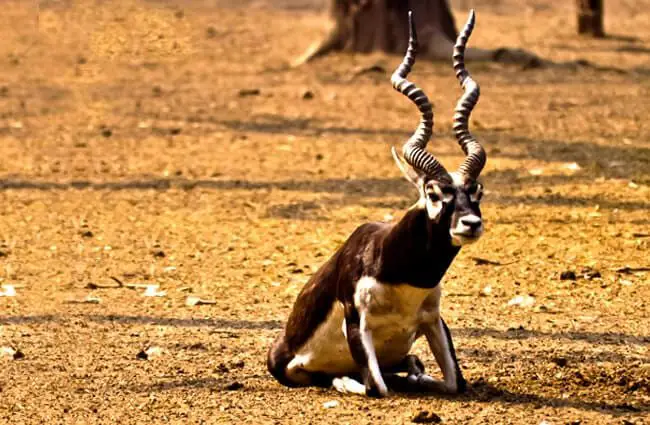

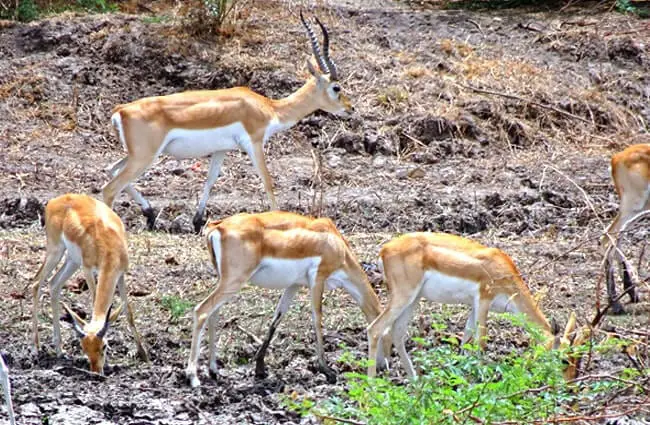


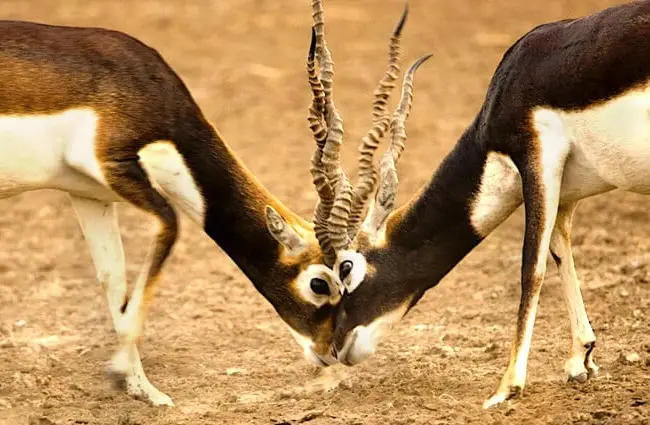
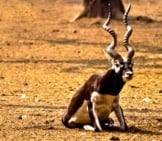


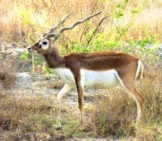

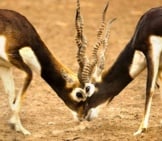
![Red Angus Closeup of a beautiful Red Angus cowPhoto by: U.S. Department of Agriculture [pubic domain]https://creativecommons.org/licenses/by/2.0/](https://animals.net/wp-content/uploads/2020/03/Red-Angus-4-238x178.jpg)












![Red Angus Closeup of a beautiful Red Angus cowPhoto by: U.S. Department of Agriculture [pubic domain]https://creativecommons.org/licenses/by/2.0/](https://animals.net/wp-content/uploads/2020/03/Red-Angus-4-100x75.jpg)

